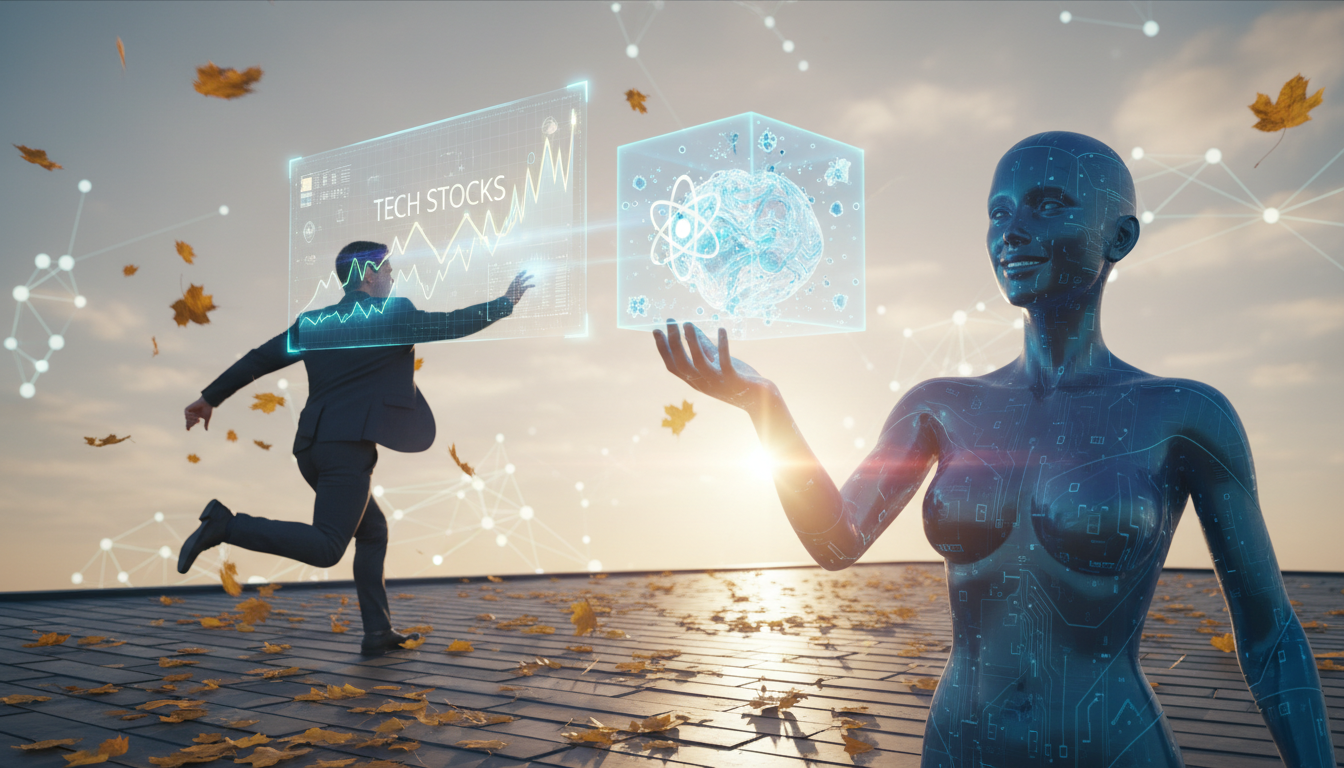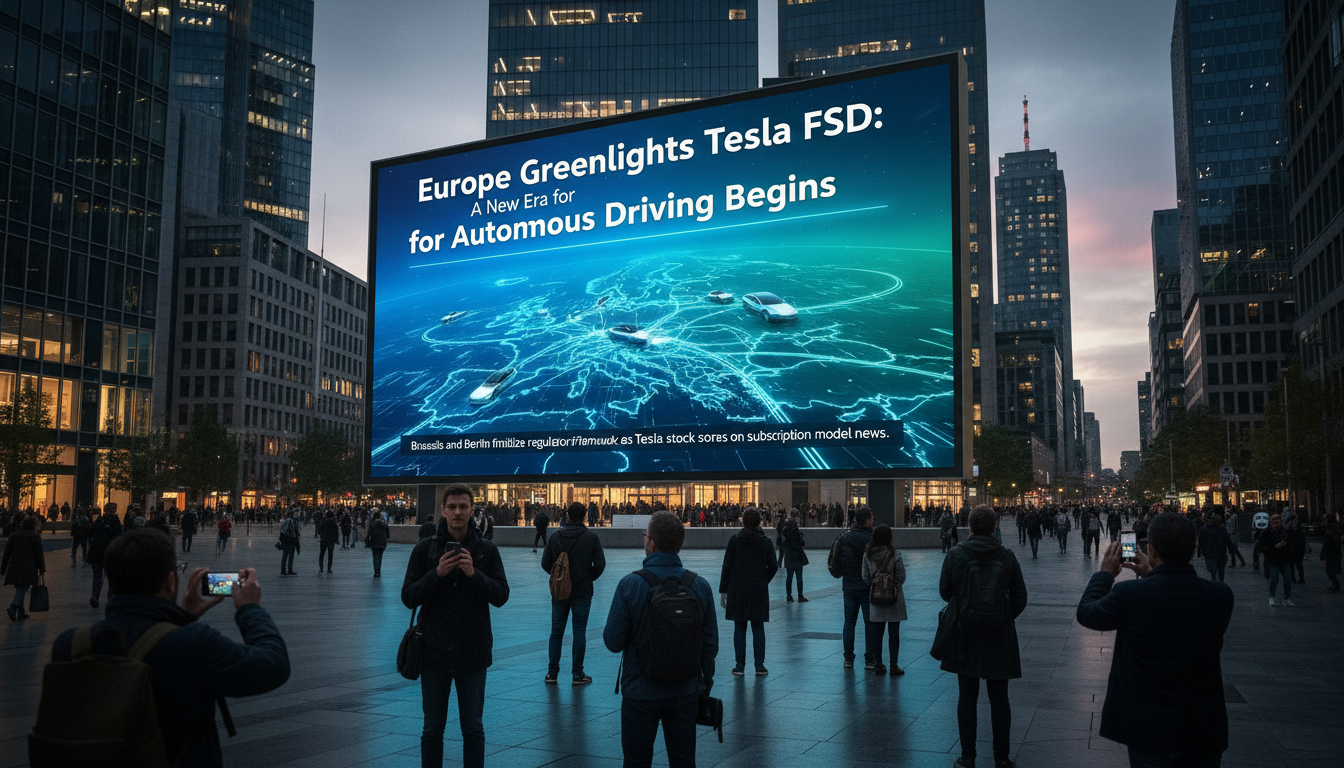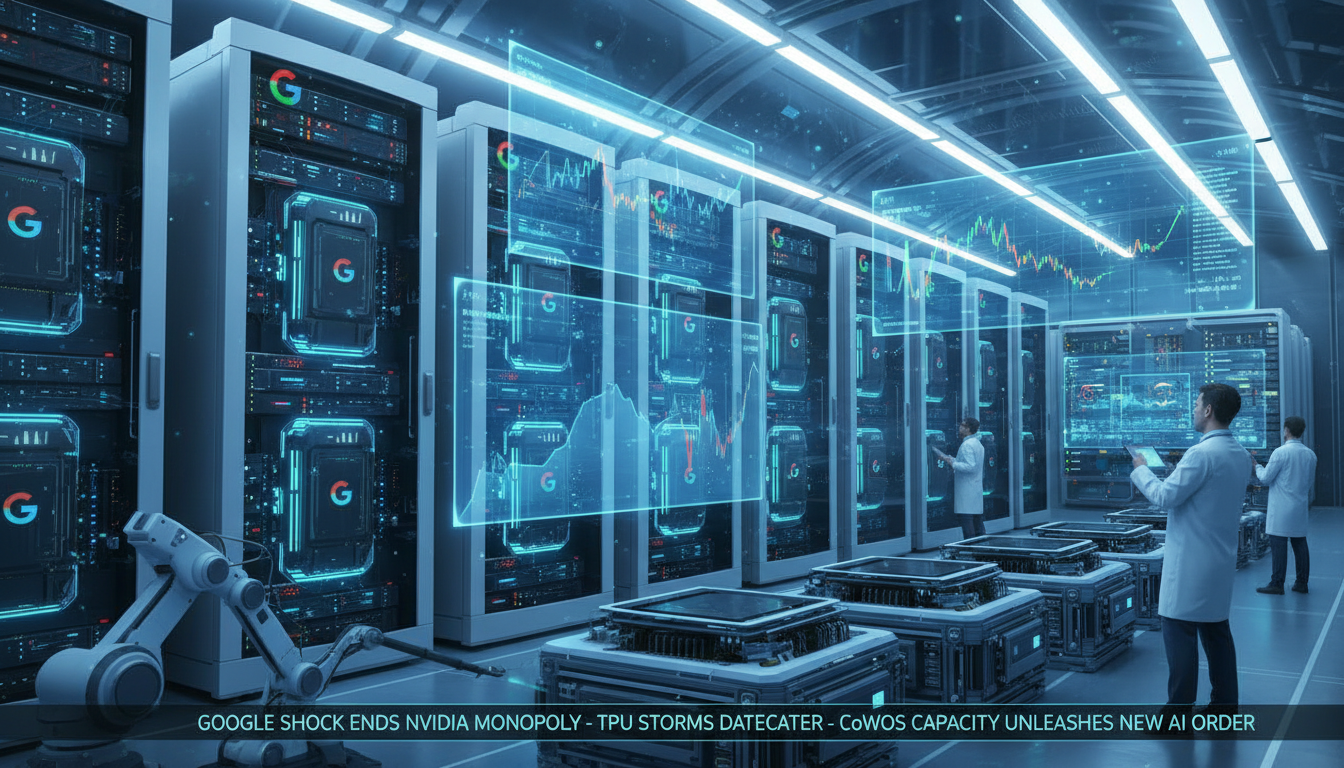● AI Bubble, Investment Boom, Tech Stocks Surge
Amid the AI Bubble Controversy, Analyzing Key Investment Strategies for the Global Economy and the Fourth Industrial Revolution
AI Bubble and Current Status of Tech Stocks – Investment Opportunities Seen Through Key Data and Charts
Investment experts are currently engaged in a heated debate over the AI bubble.
According to reports, AI-related stocks have recorded over 165% growth since November 2022, outpacing traditional stocks.
In particular, examining the performance of M7 stocks and big tech companies, key firms such as Nvidia and Google have achieved over 50% returns, while some tech stocks have performed relatively poorly.
This data can be verified through economic data and chart analysis, serving as important indicators when judging AI investments and tech stocks.
Global Economic Outlook and Investment Impact of AI Infrastructure
The global economy is showing a much stronger performance than expected.
According to data from major financial institutions such as JP Morgan and Citigroup, consumption remains solid, spending is robust, and middle-class spending patterns are stable.
In particular, investments in AI infrastructure and data centers have reached historically high levels, amounting to about 2% of the U.S. GDP.
At the same time, the commercial real estate market is underperforming, prompting a reevaluation of the impact of the AI investment boom on the overall economy.
This indicates a new direction for economic transformation and investment opportunities in the era of the Fourth Industrial Revolution.
Bubble Debate Viewed Through Economic Data – Is it a Bubble or Normal Growth?
Experts have divergent views on the AI bubble debate.
On one hand, a fund manager survey revealed that 54% see AI as a bubble, while on the other hand, there are those emphasizing the record performance growth and adoption speed.
When compared to the dot-com bubble, the PER of AI-related tech stocks is around 28 times, which is not overheated compared to historical averages.
Considering financial data, revenue growth, and adoption speed, I assess the current situation to be about 20% overheated rather than a bubble.
Therefore, it can be viewed as a normal investment boom driven by technological advancement rather than extreme concerns about a bubble.
Investment Strategy and Precautions – The Importance of Selecting the Wheat from the Chaff
Amid the rapidly growing AI market, successful companies and those that are not coexist.
The report introduces 40 promising stocks, particularly focusing on power infrastructure and data center-related firms.
However, when investing in tech stocks, it is critical to closely examine the company’s valuation, leverage, and capital structure.
For example, one should analyze the revenue structure and growth strategy of each company alongside the layoffs resulting from AI adoption to discern the wheat from the chaff.
Thus, individual investors should adjust their cash holdings and reposition when signs of overheating appear, which would be a wise strategy.
The Future of the Fourth Industrial Revolution: AI and Economic Outlook
AI is not just a bubble but a foundational technology that transforms technological innovation and economic structure.
Considering the pace of adoption of computers, mobile phones, and the internet, the speed of AI adoption is progressing faster than ever.
In particular, AI services have achieved over 40% adoption in a short period, significantly enhancing work efficiency and productivity.
This phenomenon is a key driving force of the Fourth Industrial Revolution, marking an important point where companies can secure competitive advantages through AI technology.
Therefore, a comprehensive analysis of the global economic outlook and AI investments must be regarded as significant factors in establishing investment strategies.
[Related articles…]Latest Analysis on AI Investment OutlookTech Stocks Analysis Report
*Source: [ 월텍남 – 월스트리트 테크남 ]
– 사모펀드가 기밀로 지정한 레전드 보고서. 20분 요약
● Explosive Growth in AI Cloud, 1500 Revenue Surge Potential
Uncovering the Secret to 1500%+ Revenue Growth with Fully Operational Data Centers and AI Cloud!
This article discusses the global economic outlook, the Fourth Industrial Revolution, and the innovative trends and investment points in the AI technology-based data center market.
Various elements, including joining Voltek, investing in tech stocks, strategic contracts with Microsoft, and building an AI cloud through vertical integration, have been systematically organized, so be sure to read until the end.
1. Key Strategies of AI Cloud and Data Centers
According to data released by Voltek, data centers are going beyond simple server leasing through a vertical integration strategy, covering everything from building construction, securing power, to establishing dedicated GPU stacks, unlike the existing power supply limitations.
The $9.7 billion AI cloud contract with Microsoft has become a significant catalyst, expecting an annual revenue increase of about $340 million in the future.
Additionally, plans to expand GPU in data centers and secure AI-specific power capacity are acting as attractive growth factors for tech investors.
2. Stage-by-Stage Expansion of Data Centers and Competitiveness
The currently progressing data centers boast a massive power capacity of 3GW, from Stage 1 (Canada) to Stage 2 (Texas Childress Center) and Stage 3 (Sweetwater Project).
With the already built infrastructure at each stage, the remaining equipment expansion is expected to be a key factor in strengthening competitiveness for securing contracts with big tech companies.
In particular, the Sweetwater hub will have a single capacity of 2GW, establishing an unprecedented power network in the industry, granting it a significant advantage over competitors.
3. Profitability and Capital Procurement, the Role of Convertible Bonds
As revenue rapidly increases through power capacity and AI infrastructure expansion, the EBITDA margin could reach as high as 85%, but net income may be adjusted to around 10-20% due to capital expenditures and depreciation.
The company is efficiently raising capital by issuing $1 billion worth of interest-free convertible bonds, which will play a significant role in long-term growth and investment risk management.
Convertible bonds are structured to convert to stocks when stock prices rise, providing investors with both downside risk and upside profit, thus being regarded as an attractive financial product.
4. Transition from AI Data Centers to Bitcoin Mining – A Turning Point of the Era
The transition from traditional Bitcoin mining to AI data centers shows significant differences not just in power supply but also in profitability.
While the revenue per kW from Bitcoin mining remains around $0.04, AI data centers record high revenues exceeding $1.1, attracting the attention of investors.
As a result, many existing Bitcoin companies are shifting towards AI infrastructure, marking a significant change in the era of the Fourth Industrial Revolution.
5. Global Economic Outlook and Investment Risks
In relation to the global economy, the data center sector is a crucial industry that will significantly impact AI technology innovation and the Fourth Industrial Revolution.
However, securing ultra-large power capacity and the massive initial investment costs, as well as regulatory risks, imply that there could be short-term volatility, necessitating careful consideration by investors.
Analysts anticipate that, following the Microsoft contract, the target stock price may continue to rise, while long-term stable growth based on technological capabilities is expected.
< Summary >
The key point of the article is the establishment of AI cloud through securing power capacity for data centers and vertical integration, indicating a revenue growth potential of over 1500%.
The $9.7 billion contract with Microsoft and GPU expansion plans position the company competitively within the AI market, while the transition from Bitcoin mining to AI data centers provides promising investment opportunities in terms of profitability.
Moreover, the strategy of convertible bonds for capital procurement and related risk management measures are emerging as important topics in the context of the global economic outlook and the era of the Fourth Industrial Revolution.
[Related Articles…]
The Future of Data Center Technology Innovation
AI Technology Trends and Prospects
*Source: [ 월텍남 – 월스트리트 테크남 ]
– 풀가동시 매출 1500%+?? 데이터센터 이제 시작인 이유[아이렌 분석]
● SoftBank’s Bold Move, ABB Acquisition, A.I. Revolution, Humanoid Dreams
SoftBank’s Leap in Humanoid Physical AI – Acquisition of ABB Robotics and the Vision for Superintelligence ASI
1. Evolution of the Robotics Industry and Humanoids
You may remember the high expectations surrounding the Pepper robot from SoftBank in the past.
However, since its official discontinuation in June 2021, it has faced negative evaluations due to technical limitations and frequent errors.
Despite this situation, SoftBank Group has not given up on its dream of humanoids.
Recently, they announced the acquisition of ABB Robotics, one of the world’s top four robotics companies, paving the way for a new leap.
Considering the global economic outlook and AI trends, this acquisition can be seen as a pivotal change in the increasingly important robotics industry of the Fourth Industrial Revolution era.
2. Physical AI and Superintelligence ASI: A Technological Turning Point
Chairman Son is not merely aiming for simple robot manufacturing through this acquisition.
His ultimate goal is to implement superintelligence ASI that is 10,000 times smarter than humans.
To achieve this, he emphasized that traditional language models (LM) alone are insufficient, and that physical AI capable of learning from real-world data is essential.
Physical AI embedded in humanoids interacts with the real world and forms the core of the technology that learns through real-life experiences, surpassing traditional online data training.
This can be interpreted as a strategic choice responding to the evolution of AI trends and the demands of the Fourth Industrial Revolution.
3. Business Strategy and Economic Impact
The acquisition of ABB Robotics is a massive deal amounting to approximately 7.72 trillion won.
Although SoftBank has reduced direct robot manufacturing since its sale of Boston Dynamics, it has consistently invested in various AI models for robots.
Its investment portfolio includes companies developing home humanoids, Agility Robotics, which is supplying to logistics warehouses, and a significant investment in OpenAI.
As such, this acquisition is expected to play a leading role in AI technology and the robotics industry within economic and global economic forecasts.
Market assessments indicate that this strategic decision will be a significant turning point in creating new business models via humanoids and physical AI technology.
4. Future Prospects and Hidden Key Points
Chairman Son explained that this announcement marks a turning point where software AI is expanded into the physical world.
This vision aims not merely for robot manufacturing but intends to lead innovative changes in various fields—home, finance, and services—through ASI-equipped humanoids coexisting with humans.
Important details not often covered by other media include:
• The concept of Physical AI being a crucial stepping stone toward implementing superintelligent ASI by learning from the real world, beyond mere robot functionalities.
• The acquisition’s significance lies in securing technological capabilities while being in line with a long-term AI vision and the trends of the Fourth Industrial Revolution that could have a significant impact on the global economy.
SoftBank’s recent move can be seen as a decisive event that forecasts the future direction of AI trends, the Fourth Industrial Revolution, and the humanoid industry.
The integration of humanoids and physical AI technology will be an important catalyst for innovation across various industries.
[Related Articles…]
Humanoid Innovation Status
Evolution of Physical AI
*Source: [ 티타임즈TV ]
– 피지컬AI에 도전하는 소프트뱅크 #shorts



